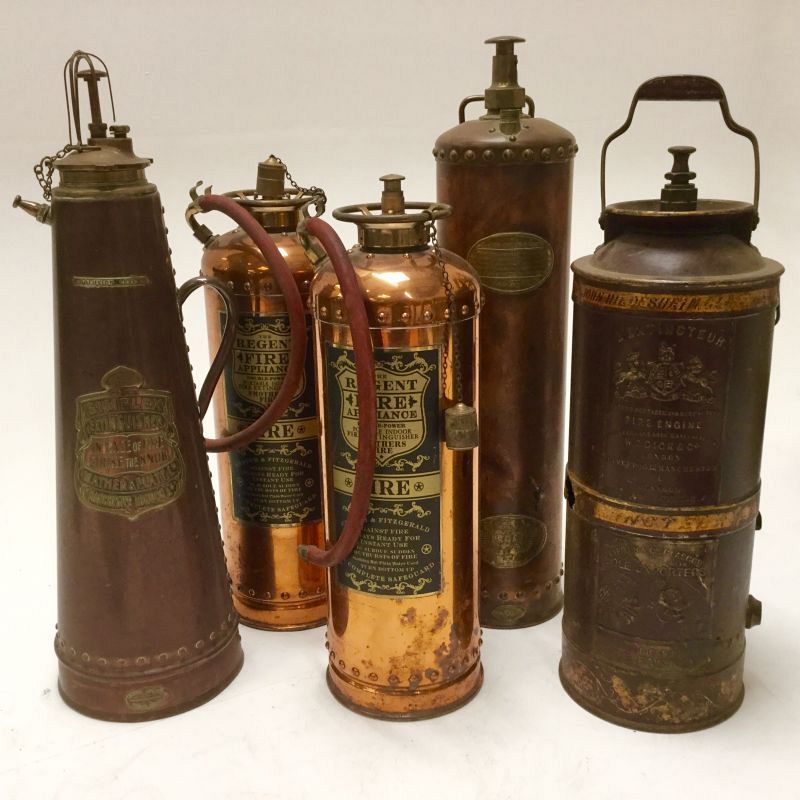Are there specific fire safety measures for businesses?
Yes, all businesses in the UK are legally required to implement fire safety measures under the Regulatory Reform (Fire Safety) Order 2005. These measures are designed to protect life, property, and continuity of operations. The exact requirements will vary depending on the nature, size, and risk profile of the business, but here are the key fire safety responsibilities and measures that apply to most workplaces:
1. Fire Risk Assessment
Every business must carry out and regularly review a Fire Risk Assessment. This is a legal requirement and forms the foundation of all other fire safety measures. It must identify:
- Fire hazards (sources of ignition, fuel, and oxygen)
- People at risk (employees, visitors, contractors, vulnerable individuals)
- Means of detecting and raising the alarm
- Firefighting equipment
- Escape routes and exits
- Training and evacuation plans
For workplaces with five or more employees, the fire risk assessment must be documented in writing.
2. Fire Detection and Warning Systems
Businesses must install an appropriate fire detection system (e.g., smoke detectors, heat detectors) and ensure that it can raise a clear and audible alarm throughout the premises. This could be a manual system (call points and bells) or an automatic fire alarm.
3. Firefighting Equipment
Suitable fire extinguishers must be provided and positioned in accessible locations. The type of extinguisher depends on the specific fire risks present (e.g., CO₂ for electrical equipment, foam for flammable liquids, wet chemical for kitchens). Fire blankets may also be required in catering areas.
4. Safe Routes and Emergency Exits
Businesses must ensure that escape routes and exits are clearly marked, well-lit, unobstructed, and easily accessible at all times. Emergency doors must open easily and, where possible, in the direction of escape.
5. Fire Signage
Fire safety signs must be installed in accordance with the Health and Safety (Safety Signs and Signals) Regulations 1996. These include:
- Exit and directional signs
- Fire extinguisher location signs
- “Do not use lift in case of fire” warnings
- Assembly point markers
6. Emergency Lighting
Where escape routes may be in darkness during a fire (e.g. due to power failure), emergency lighting is required to illuminate the way to safety.
7. Training and Fire Drills
Staff must receive regular fire safety training, including:
- What to do in the event of a fire
- How to use fire extinguishers (if appropriate)
- Understanding the fire alarm system
- Recognising escape routes
At least one fire drill should be conducted annually (more often in higher-risk environments), and outcomes should be recorded and reviewed.
8. Appointing Fire Marshals
Designated Fire Marshals or Fire Wardens should be trained to assist during evacuations, perform checks, and help ensure everyone is accounted for. The number of marshals required depends on the size and layout of the business.
9. Maintenance and Record Keeping
All fire safety systems and equipment must be regularly tested and maintained:
- Fire alarms: usually weekly testing
- Emergency lighting: monthly checks and annual 3-hour tests
- Extinguishers: annual servicing
- Fire doors: routine inspections
Records of maintenance, training, and drills must be kept for inspection.
10. Special Considerations
Additional measures may apply for:
- High-risk industries (e.g. manufacturing, construction, hospitality)
- Vulnerable people (e.g. care homes, schools)
- Multi-occupancy buildings (shared responsibilities must be clearly defined)
Enforcement and Penalties
Failure to comply with fire safety legislation can result in:
- Enforcement notices
- Prohibition notices (which may shut the business down)
- Fines and criminal prosecution for serious breaches
Need Help?
Fireology can help you understand your fire safety responsibilities, provide guidance, and supply the correct fire extinguishers and signage. If you’re unsure whether your workplace is compliant, it’s essential to get expert advice or book a professional fire risk assessment.

 Cart is empty
Cart is empty 
















